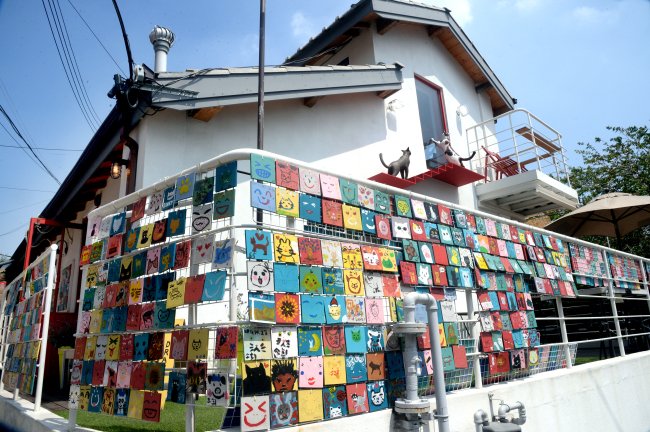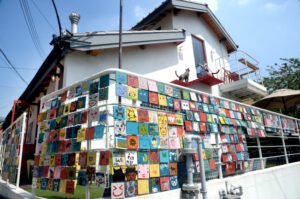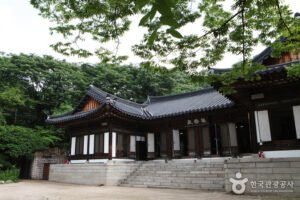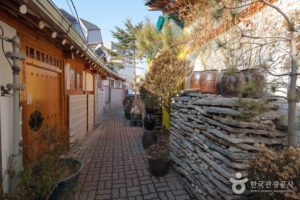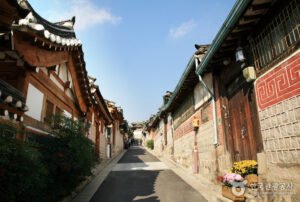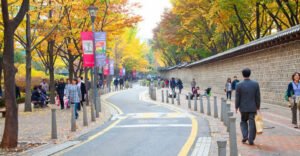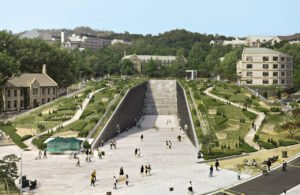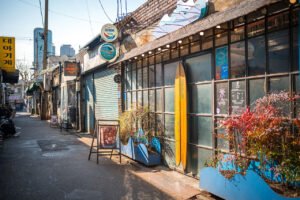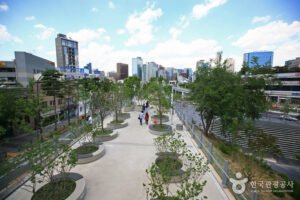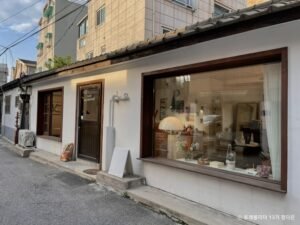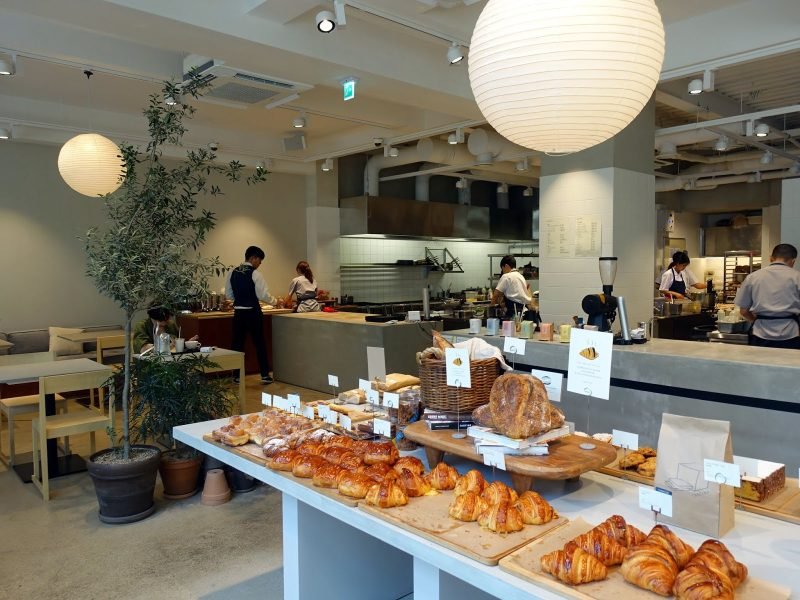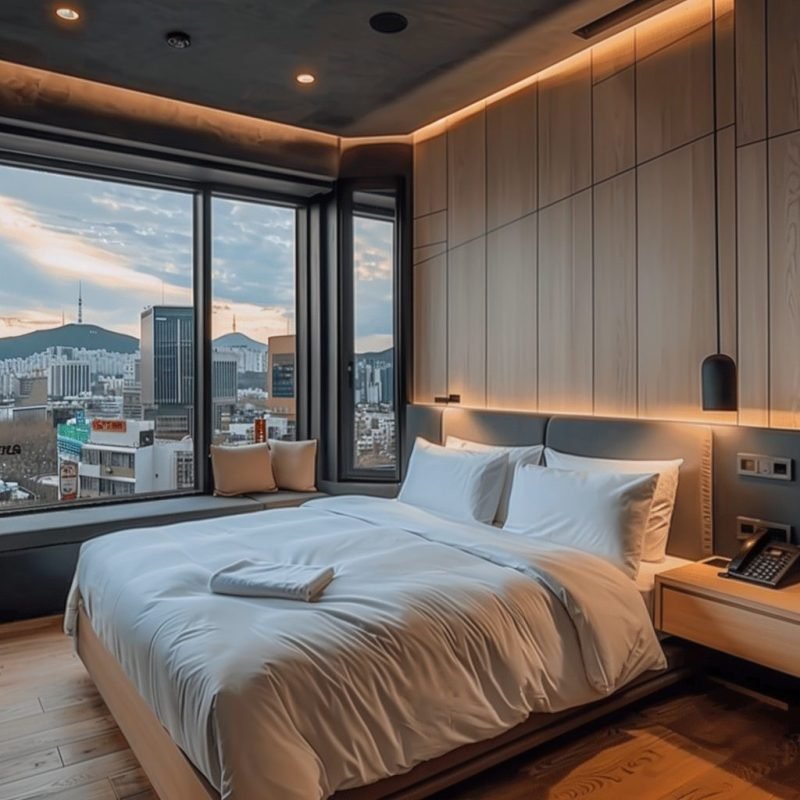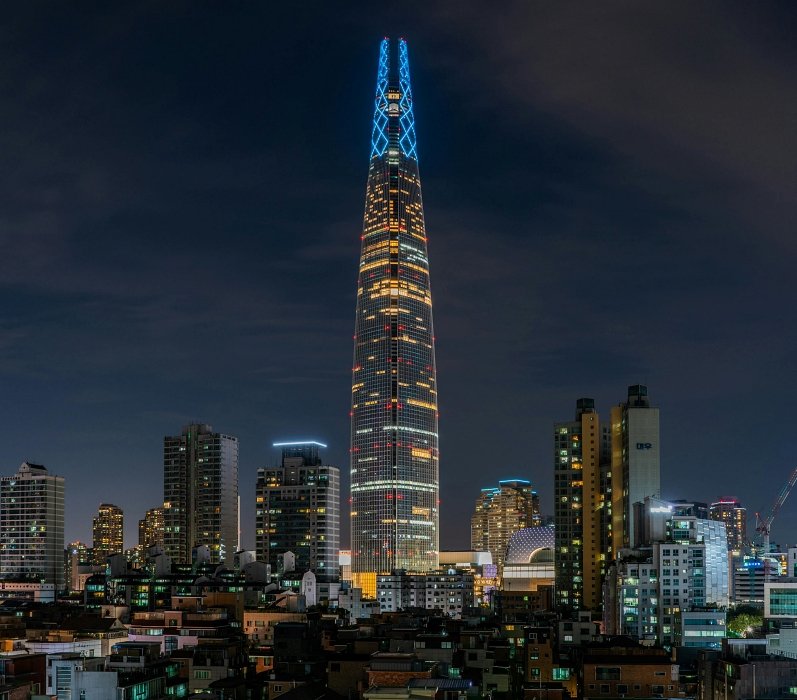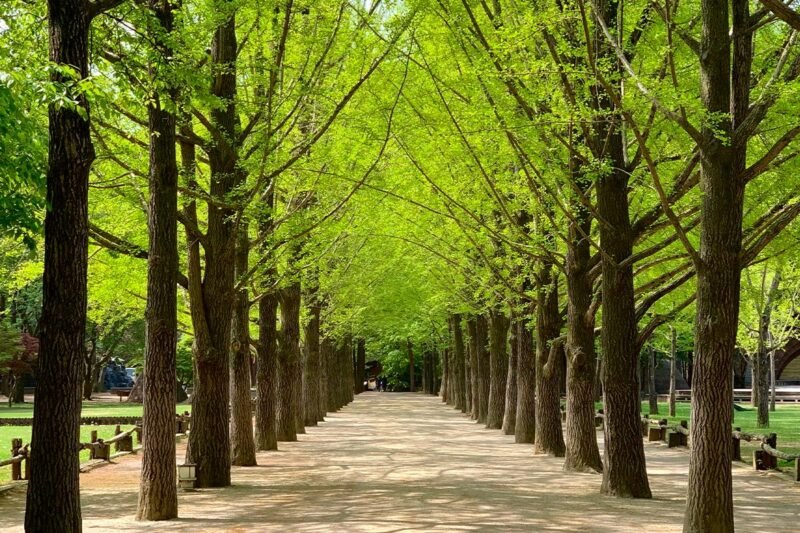Introduction
Seoul, South Korea’s bustling capital, is a harmonious blend of ancient traditions and cutting-edge modernity. From the majestic Gyeongbokgung Palace to the vibrant streets of Myeongdong, the city offers an array of well-known attractions that captivate millions of visitors each year. However, beyond these popular sites lies a Seoul less traveled, brimming with hidden gems that offer authentic experiences to those who seek them. This guide is dedicated to uncovering these treasures, inviting you on a journey to explore the soul of Seoul through the eyes of a local.
1. Ihwa Mural Village
Nestled on the slopes of Naksan Park, Ihwa Mural Village is a testament to the transformative power of art. Once a neglected neighborhood, it was revitalized in 2006 through the “Naksan Project,” which invited artists to paint murals and install sculptures throughout its winding alleys. Today, it stands as a vibrant canvas that tells stories through its colorful and intricate artworks. To fully appreciate the village’s artistic significance, take your time wandering its streets; the most captivating murals are often hidden in the most unexpected places. Look out for the iconic “Angel Wings” and “Fish Swimming Upstream” murals, each with its own story and beauty.
2. Gilsangsa Temple
Amidst the urban sprawl of Seoul lies the serene Gilsangsa Temple, a sanctuary of peace and spirituality. Originally a lavish restaurant, the property was donated by its owner to be transformed into a temple, a unique history that adds to its allure. The temple grounds offer a tranquil retreat from the city’s hustle and bustle, with beautifully landscaped gardens and traditional architecture that invite reflection. Visitors can participate in temple stay programs, experiencing the life of a Buddhist monk through meditation, tea ceremonies, and mindfulness practices. It’s a rare opportunity to delve deep into Korea’s spiritual heritage and find tranquility in the heart of the city.
3. Seochon Village
Seochon Village, located to the west of Gyeongbokgung Palace, is a charming enclave known for its well-preserved Hanok (traditional Korean houses) and artistic atmosphere. As you stroll through its narrow lanes, you’ll discover a delightful mix of old and new – from quaint tea houses and galleries to trendy cafes and boutiques. This neighborhood is a haven for those looking to immerse themselves in Korea’s rich culture and history while enjoying the comforts of modern amenities. Don’t miss the chance to visit one of the traditional workshops or art studios, where you can witness the craftsmanship and creativity that have been passed down through generations. Seochon Village is not just a place to see but to experience, offering a deeper connection to the Korean way of life.
4. Bukchon Hanok Village at Dawn
There’s something magical about Bukchon Hanok Village as the first light of dawn breaks over the horizon. This historical neighborhood, known for its traditional Korean houses (Hanoks), offers a serene beauty and a stark contrast to Seoul’s modern skyscrapers. Visiting at dawn not only allows you to experience the village’s tranquility but also to capture its beauty without the crowds that fill its narrow lanes during the day. For photography enthusiasts, the best viewpoints can be found along the main road that offers a panoramic view of the village against the backdrop of modern Seoul. The soft morning light provides a perfect natural filter, highlighting the elegant curves and intricate details of Hanok roofs.
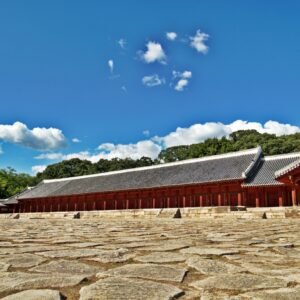
5. Jongmyo Shrine during Monthly Ritual
Jongmyo Shrine, a UNESCO World Heritage site, is the most authentic representation of the enduring spiritual heritage of Korea. Dedicated to the memorial services for the deceased kings and queens of the Joseon Dynasty, the shrine’s solemn atmosphere is palpable. The highlight of Jongmyo is its monthly ritual, an elaborate ceremony featuring court music, dances, and offerings that have been preserved for centuries. Witnessing this ritual is a rare glimpse into the past, offering insight into the Confucian traditions that have shaped Korean society. Visitors looking to experience these ceremonies should check the shrine’s schedule in advance, as it is a solemn and significant event in Korea’s cultural calendar.
6. Samcheongdong-gil Road
Samcheongdong-gil Road is a picturesque street that effortlessly blends the traditional with the modern. Tucked away from the city’s frenetic pace, this road is a sanctuary for those seeking a quieter, more introspective experience of Seoul. As you wander, you’ll encounter hidden cafes and boutiques that showcase the creativity and innovation of local artisans and entrepreneurs. Each spot has its unique charm, offering everything from artisanal coffee to handcrafted goods. Seasonal recommendations for visitors include enjoying the cherry blossoms in spring and the vibrant foliage in autumn, making Samcheongdong-gil a year-round destination for those looking to experience Seoul’s seasonal beauty.
7. Ewha Womans University Vicinity
Nestled in the heart of Seoul, the vicinity around Ewha Womans University is not just a hub for academic excellence but also a vibrant community brimming with unique spots for shopping and dining. The area, often referred to as E-dae, combines the youthful energy of its student population with the traditional charm of Seoul. Visitors can explore an array of boutique stores offering everything from trendy fashion to vintage finds. The dining scene is equally diverse, featuring cozy cafes, traditional Korean eateries, and international cuisine. Walking through this neighborhood, one can’t help but feel the pulsating energy of Seoul’s younger generation, making it a must-visit for those looking to experience the city’s contemporary culture.
8. Mullae-dong Creative District
Once an industrial area filled with steel mills and factories, Mullae-dong has undergone a remarkable transformation into a burgeoning creative district. This neighborhood is a testament to Seoul’s ability to reinvent itself, turning abandoned warehouses into art studios, galleries, and performance spaces. Today, Mullae-dong is a thriving community where artists, musicians, and creatives gather to share their work. Visitors can wander through the district, discovering hidden art installations, indie music performances, and experimental theater shows. The gritty, industrial backdrop of Mullae-dong provides a unique contrast to the creative energy that now defines the area, making it a fascinating destination for those interested in Seoul’s contemporary art scene.
9. Seoullo 7017 at Night
Seoullo 7017 is a prime example of urban regeneration, where a former overpass has been transformed into an elevated sky garden. By night, this walkway comes alive with a different kind of beauty, illuminated by soft, ambient lighting and offering spectacular nighttime views of the city. Along the path, visitors can find lesser-known spots such as themed gardens, observation decks, and even small cafes perfect for a late-night snack. The tranquility of Seoullo 7017 at night provides a stark contrast to the bustling streets below, offering a peaceful retreat and a unique perspective on the city. It’s an ideal spot for an evening stroll, where one can experience the calmness of Seoul amidst its urban landscape.
10. Yeonnam-dong Dongjin Market
Yeonnam-dong, a neighborhood known for its artistic vibe and trendy cafes, is also home to Dongjin Market, a hidden gem among food markets in Seoul. This local market, less frequented by tourists, offers an authentic glimpse into the everyday lives of Seoul’s residents. Here, visitors can indulge in a variety of traditional Korean foods, from savory snacks to sweet treats, all at affordable prices. Must-try dishes include tteokbokki (spicy rice cakes), hotteok (sweet pancakes filled with sugar and nuts), and mandu (Korean dumplings). Each stall has its own specialty, making it an ideal place for food enthusiasts to explore new flavors and dishes.
Conclusion
Our journey through the hidden gems of Seoul reveals a city rich in diversity, culture, and history, far beyond the well-trodden path of popular tourist attractions. These lesser-known locales offer a unique opportunity to experience the authentic soul of Seoul, from its historical roots to its modern-day vibrancy. Exploring these places not only enriches your travel experience but also connects you to the heartbeat of the city, where tradition and innovation coexist. We encourage you to venture beyond the guidebooks and discover your own hidden gems in Seoul, each with its own story and charm.
Additional Tips
Best times to visit: Many of these hidden spots are best enjoyed during the weekdays or early mornings on weekends to avoid crowds. Spring (April to June) and autumn (September to November) are ideal seasons to explore Seoul, thanks to the mild weather and beautiful foliage.
Transportation: Seoul’s public transportation system is efficient and user-friendly, with subways and buses connecting all major attractions. Purchase a T-money card for convenient travel across different modes of transportation. Don’t hesitate to use apps like KakaoMetro and Naver Maps for real-time navigation.
Cultural etiquette: Respect is a cornerstone of Korean culture. Remember to bow slightly when greeting locals, remove your shoes before entering someone’s home or certain traditional establishments, and always use two hands when receiving or giving something to someone older or in a position of respect.
※ Photo is adapted from Korean tourism organisation, http://korean.visitkorea.or.kr
